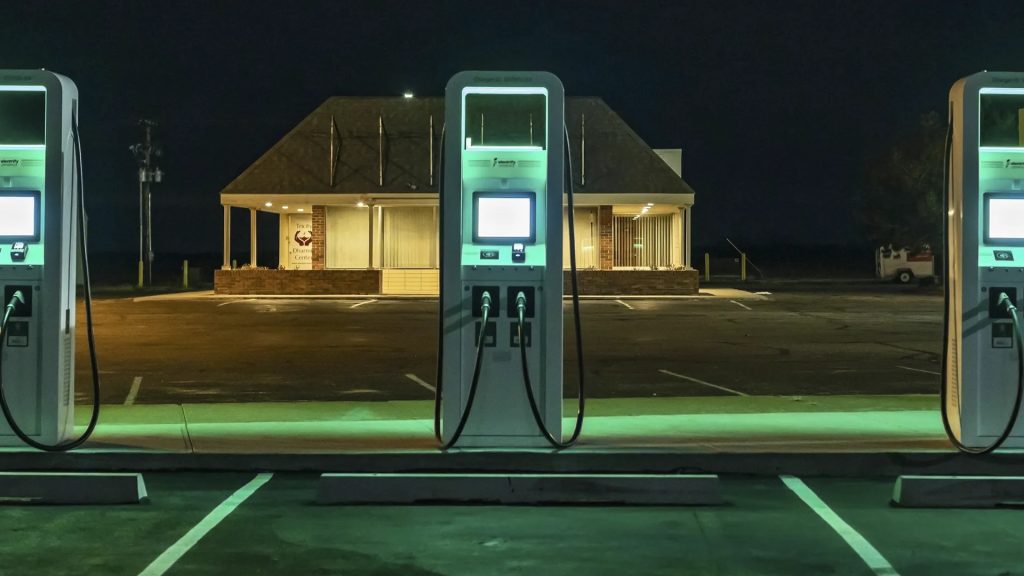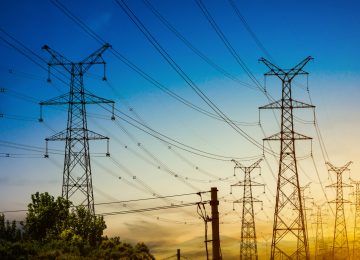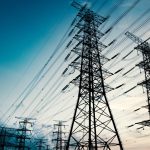India’s rapid shift to electric mobility, or EV, faces a major bottleneck.
According to the latest industry data, the deployment of public charging infrastructure is failing to keep pace with the exponential rise in EV sales. While the number of electric vehicles on the road is surging, poor charger quality and widespread reliability issues are now posing the greatest risk to consumer confidence.
Adoption surge, but the widening gap:
According to the HERE-SBD EV Index 2025, a joint report by HERE Technologies and SBD Automotive, the deployment of public charging infrastructure is failing to keep pace with the exponential rise in EV sales. While the number of electric vehicles on the road is surging, poor charger quality and widespread reliability issues are now posing the greatest risk to consumer confidence.
According to Index Metrics calculated from vehicle registration and infrastructure data, the ratio of electric vehicles to public chargers increased sharply from 12:1 to 20:1 between 2024 and 2025, suggesting that EV adoption is accelerating significantly faster than public charging deployment. This 20:1 ratio specifically tracks the gap for private and commercial vehicles reliant on the public network. This figure stands in stark contrast to older, broader data from sources like the NITI Aayog’s India Electric Mobility Index (IEMI), which suggested a ratio for all EV segments—including the millions of two- and three-wheelers—of 1:235, demonstrating how dominated the overall EV landscape remains by vehicles that primarily charge at home or in depots.
The Index Metrics further show that, despite the addition of approximately 6,800 new public charge points between 2024 and 2025, the core problem lies not just in quantity, but also in the capability of the network. The average power of these chargers has remained flat at just 33 kW, indicating a continued lack of investment in high-speed, fast-charging infrastructure which is essential for highway travel and quick top-ups.
Reliability crisis and consumer confidence:
The usability of the existing network is severely compromised by high failure rates. The consumer survey component of the index revealed that 73% of EV owners have experienced a failed charging attempt at a public station. This technical and operational instability directly contributes to consumer hesitation.
The perception of charging availability is now the single largest barrier to further EV adoption, cited by 47% of Indian respondents in the same consumer survey. This range anxiety is transforming into reliability anxiety as users struggle with slow, occupied, or non-functional stations.
Policy shifts focus to fleets and quality:
The government is attempting to recalibrate its approach to meet these infrastructure challenges. The PM E-DRIVE scheme has replaced the previous FAME II policy, shifting the primary focus of subsidies toward two-wheelers, three-wheelers, and commercial fleet electrification. This move recognizes the differing needs of the Indian market, where two- and three-wheelers dominate sales, and aims to ensure that public transport and commercial vehicles—which rely heavily on public charging—are prioritized.
Abhijit Sengupta, Senior Director, HERE Technologies, highlighted the role of localized governance in tackling the challenge. Speaking on the new index, he noted that progressive government initiatives, industry participation, and rising consumer demand are “progressing in tandem, creating conditions that make them the most EV-ready in India.”
State action: the key to scalable solutions
While central policy sets the framework, the report stresses that successful infrastructure rollout hinges on state-level actions.
Regional leaders like Chandigarh, Karnataka, and Goa are currently showing the way. Chandigarh, for instance, retains the top spot in the index ranking due to its strategic policy measures and urban profile, which amplifies the impact of its charging infrastructure. States that streamline administrative procedures, rationalize electricity tariffs, and coordinate closely with utilities will be the ones most successful in transforming their fragmented efforts into a coherent, reliable EV ecosystem.
The report concludes that sustaining India’s strong EV momentum requires prioritizing charging reliability and high-speed infrastructure over mere network size.











